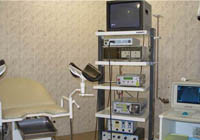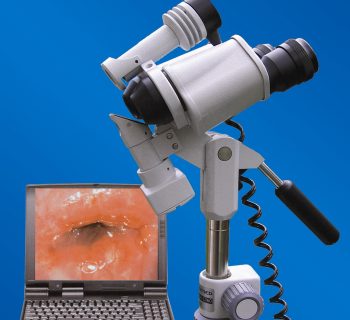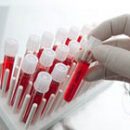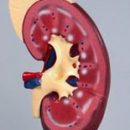Sometimes after the occurrence of pregnancy, a woman notices on the underwear blood traces. Unfortunately, not all when this alarming symptom appears to see a doctor. Blood selection sometimes «Signal» About serious diseases, one of which is bubble.
Content
Concept of bubble
Bubble drift refers to diseases associated with the pathology of the trophoblast - the temporary body required to attach the embryo to the wall of the uterus. Subsequently, a placenta is formed from it. The trophoblast itself is a fabric that begins to differentiate in the early stages of the embryo development and which with the occurrence of the placenta turns into an extra-produce fabric, forming a fetal part of the partition, separating the organisms of the embryo and mother and supplying the fetus.
Trofoblastic diseases are either tumors or states predisposing tumors. These tumors are rare and are unique in that they arise from the products of conception and germinate in the tissue of the mother's uterus. Since these diseases are associated with pregnancy, they are striking mostly women of young age (the average age of patients is 25 years old).
With bubble drift, the trophoblast is reborn into a huge number of small bubbles. These bubbles occupy the entire cavity of the uterus, tend to rapid growth and spread to the lungs, t.E. Metastasis. Bubble cage cells produces chorionic gonadotropin. Normally, chorionic gonadotropin - a hormone of pregnancy - is produced during a baby tooling, but in much smaller quantities. Embryo in bubble drift dies in the early stages of development.
Causes of Bubble Development
Bubble skid occurs when for unknown reasons there is a loss of maternal genes and duplication of fatherly chromosomes. Sometimes (in 5% of cases) bubble drive caused by fertilization of empty (nuclear-free) or ordinary eggs two spermatozoa.
Basic symptoms of the disease
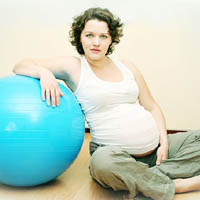 The manifestations of bubble drift are extremely diverse and extraordinary. However, the main symptom of this disease is bleeding from sex tract after a long launch of menstruation. In addition, strong nausea, vomiting, weakness, enhancement of blood pressure, headaches, swelling, the appearance of protein in the urine in early pregnancy.
The manifestations of bubble drift are extremely diverse and extraordinary. However, the main symptom of this disease is bleeding from sex tract after a long launch of menstruation. In addition, strong nausea, vomiting, weakness, enhancement of blood pressure, headaches, swelling, the appearance of protein in the urine in early pregnancy.
All of the above symptoms should force a woman to immediately turn to the akuster-gynecologist.
When examined by a specialist, the most characteristic symptom is the inconsistency of the size of the uterus and the period of menstruation delay. In most cases, the size of the uterus for 3-4 weeks exceed the expected value. For example, if, judging by the last menstruation, the term of pregnancy is 8 weeks, then in suspected bubble dials, the size of the uterus will correspond to 12 weeks of pregnancy.
However, the magnitude of the uterus may correspond to the estimated period of pregnancy, and in early pregnancy can even be less than an obstetrician gynecologist.
In addition, characteristic, but not necessary for bubble drift is the presence of ovarian cysts (extensive formations with liquid content), which can reach up to 15 cm in diameter.



